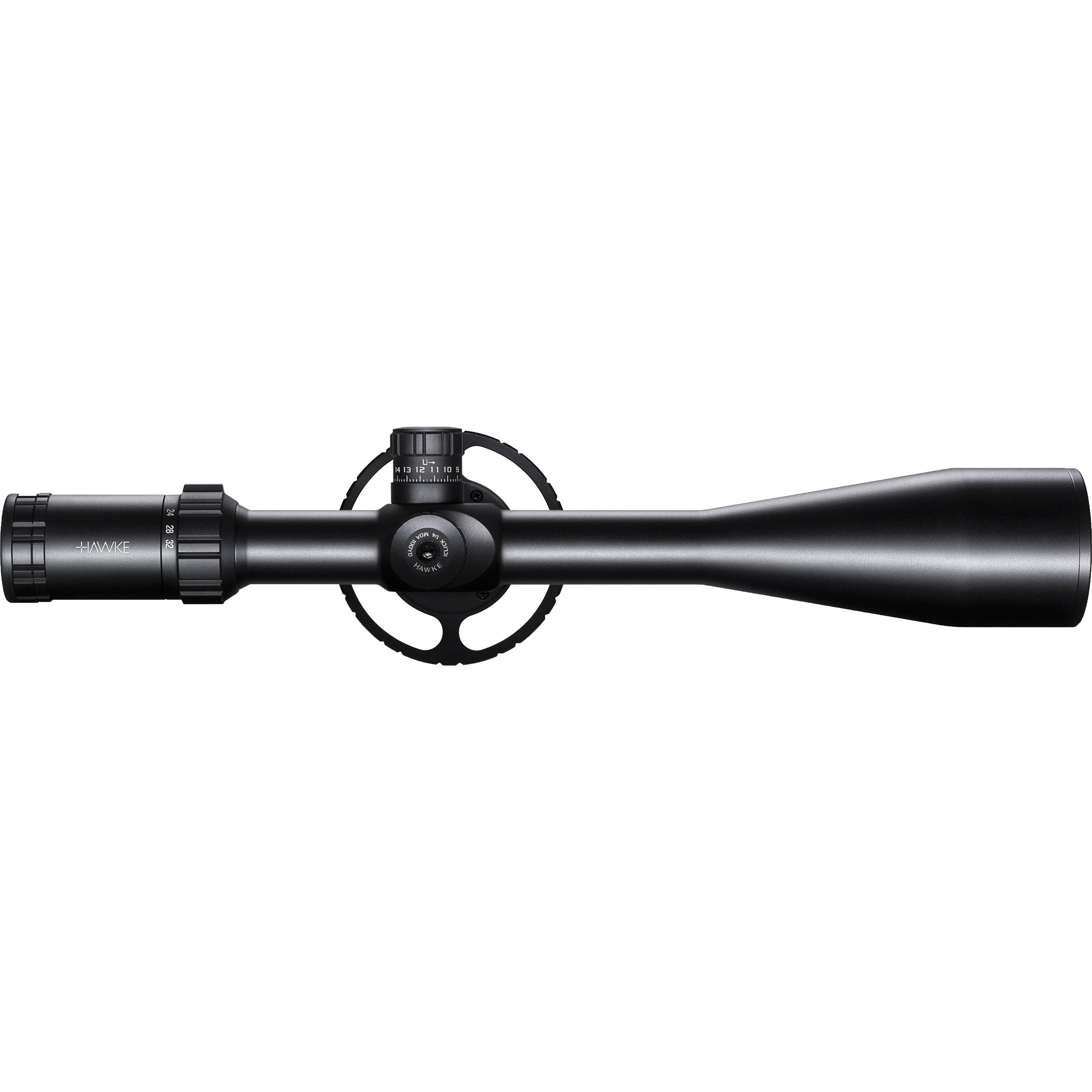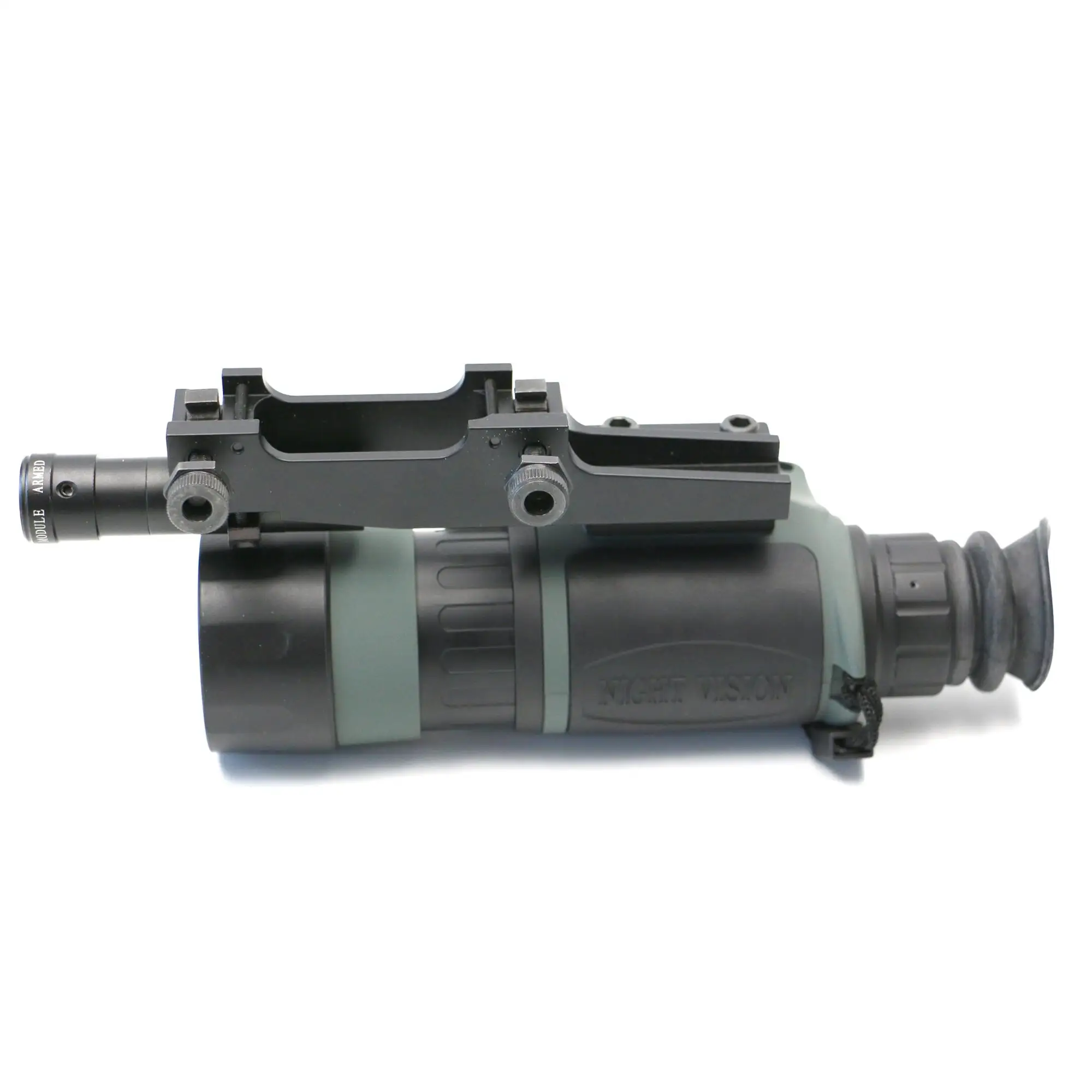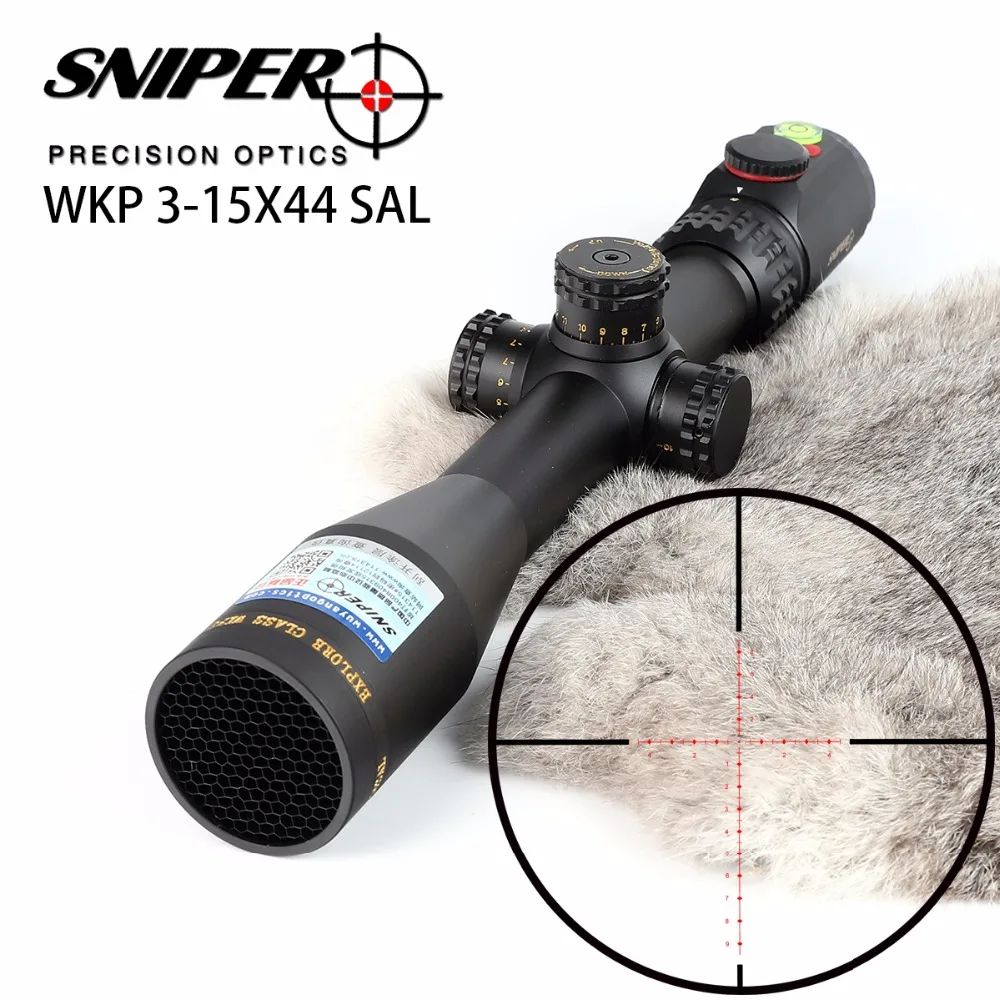

Once that image is in focus, it is perfectly located in the second focal plane, where the eyepiece is ready for it. This is easy to do because all it requires is looking through the scope while turning the side-focus turret until the image is tack-sharp. The first is the image coming onto the scope. There are two optical components that need to be focused together to totally eliminate parallax. The eyepiece works like a microscope and allows the shooter’s eye see what’s in the second focal plane. The erector assembly takes the image, magnifies it and focuses it into the second focal plane located at the power-adjustment ring.

As the image enters the scope through the objective lens, it is manipulated, focused and dumped into the first focal plane located right underneath the turrets. The “everything else” is the scope forward of the power adjustment ring.

While all those potential issues are somewhat valid (especially when using poorly made equipment), the far more likely scenario is the presence of parallax inside the scope.Īny riflescope has two functional optical components: The eyepiece and everything else. I figured the scope moved in the rings a tiny bit or the rings or base shifted some. I blamed the optic mounting system for this issue for years, as do many shooters I know. Ever head out to do some shooting and notice that your rifle’s point of impact is slightly different than your last range visit? It’s usually not a big difference, but it’s also not uncommon for the zero to wander anywhere from one-half to one-inch.


 0 kommentar(er)
0 kommentar(er)
